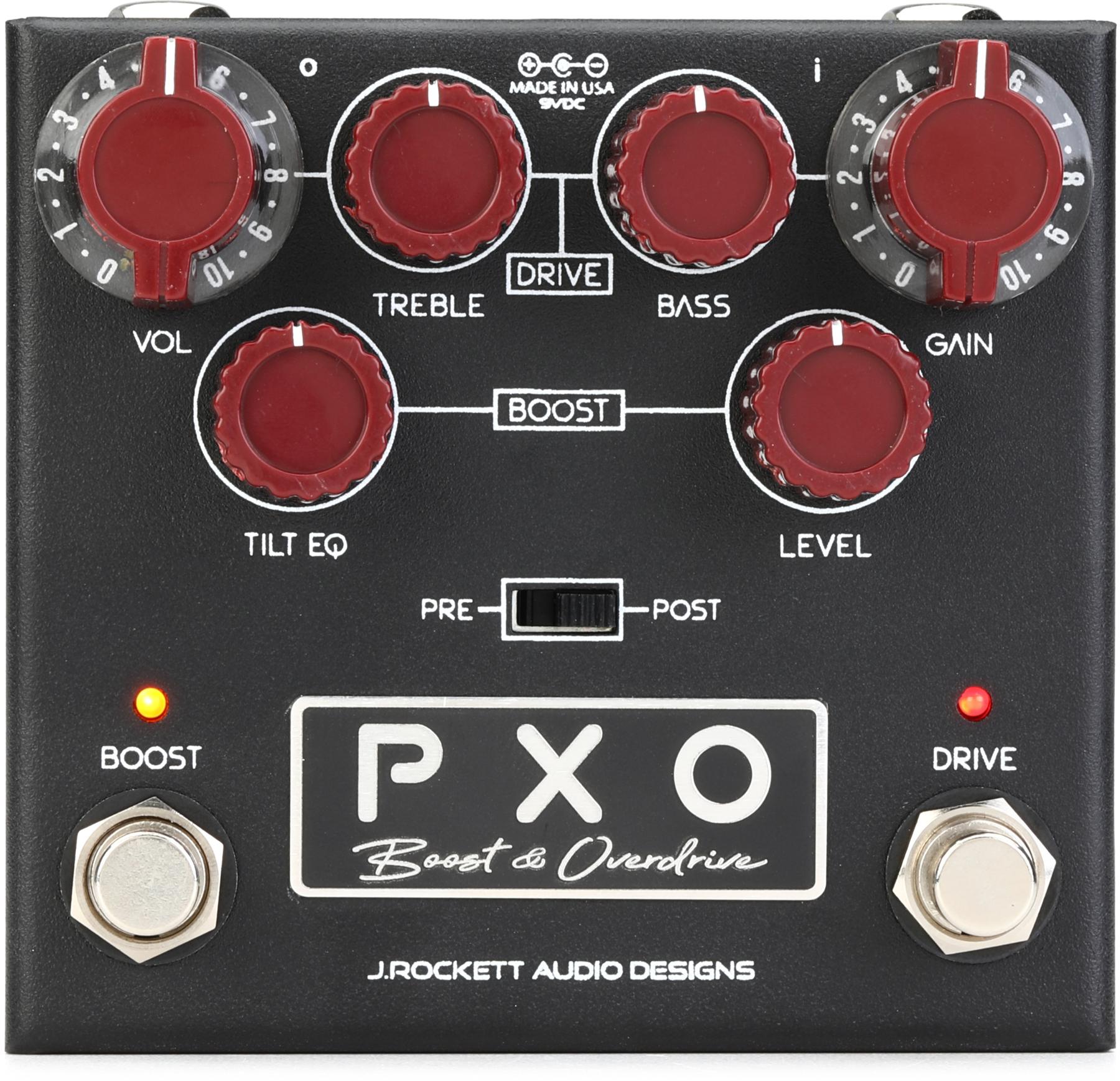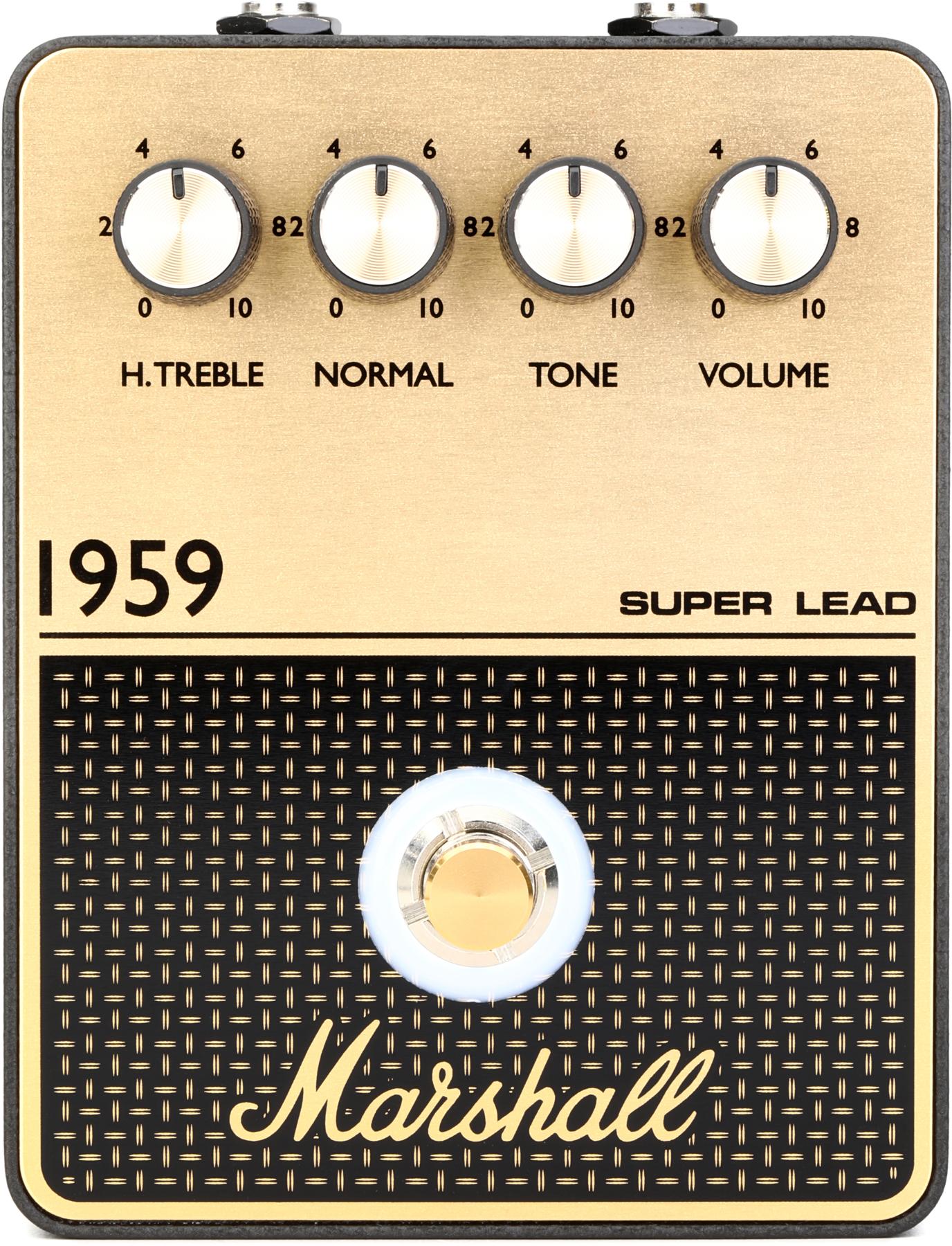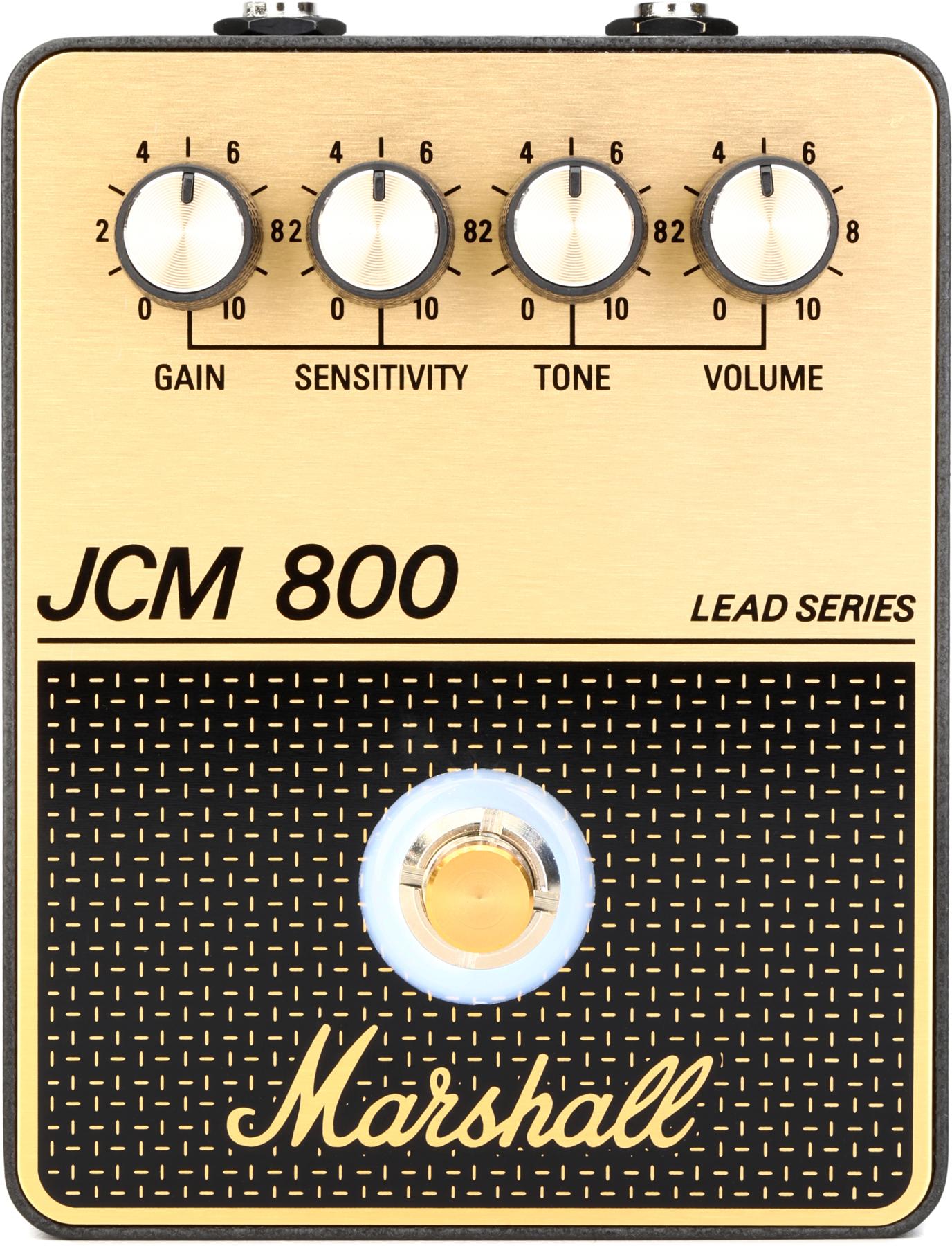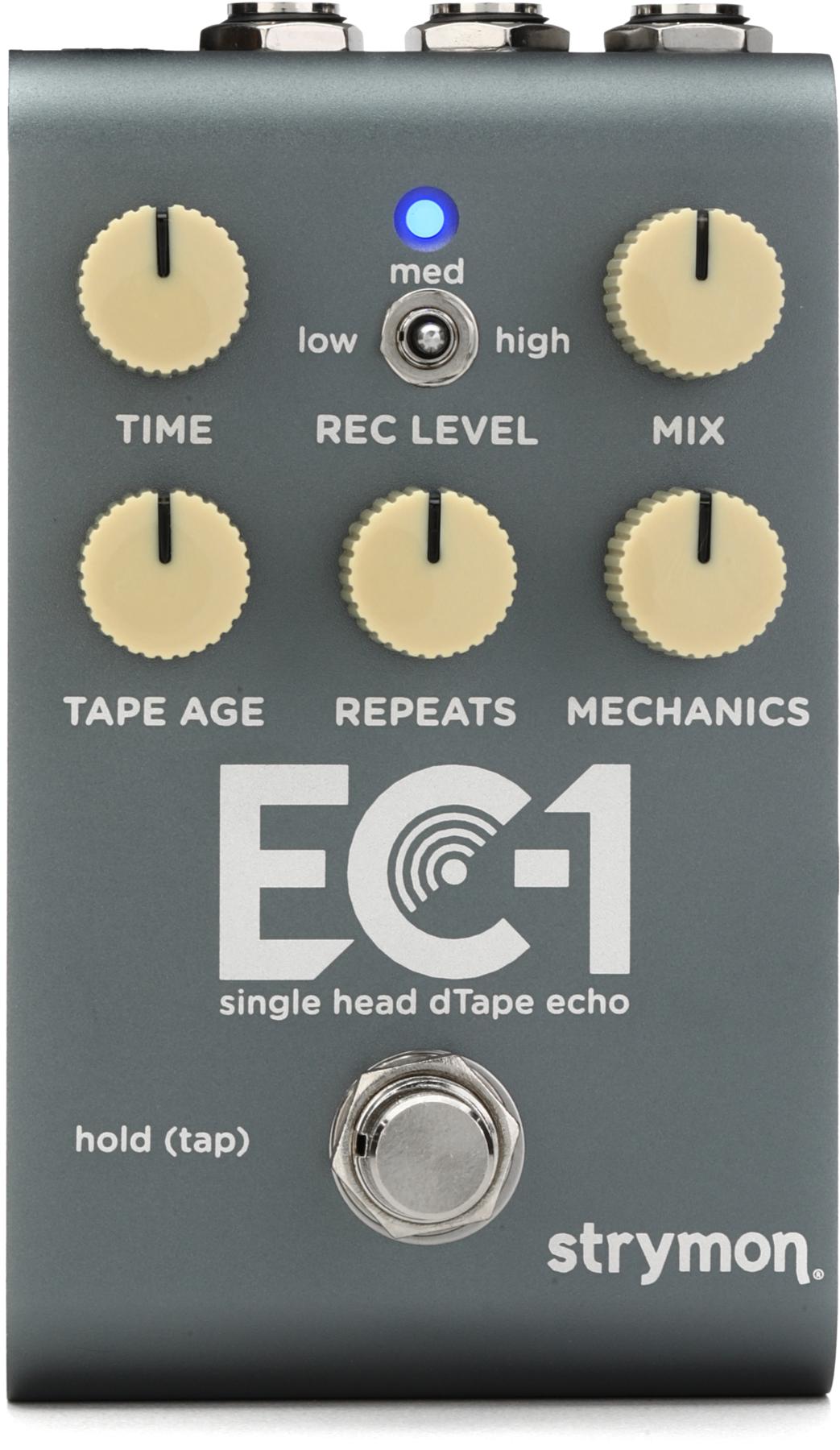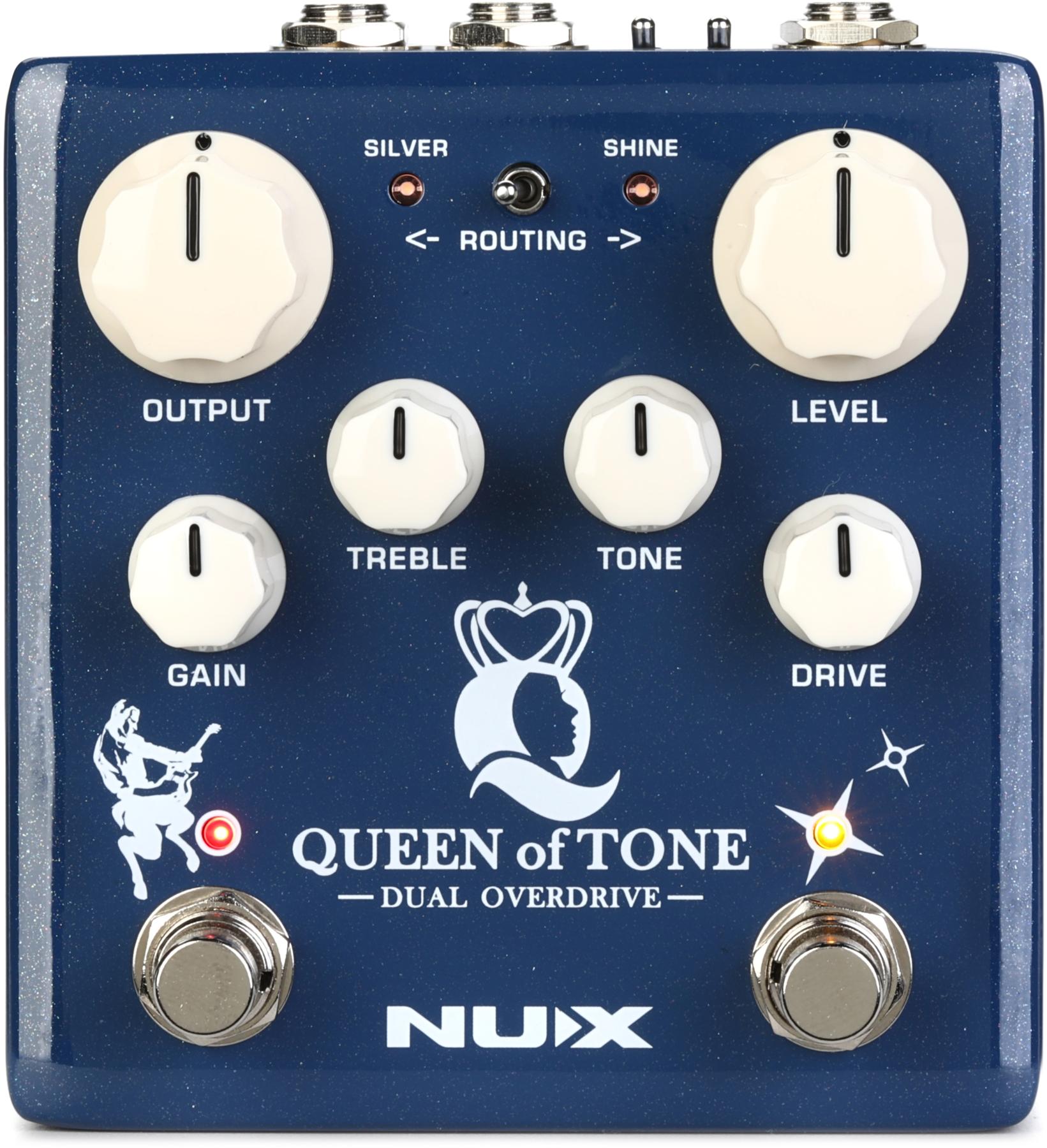 Click here to see a gallery of the people, places and parts that contributed to the Voyageur |
Jowi Taylor doesn’t play the guitar himself, but says he has been addicted to music since childhood. His 2009 book, Six String Nation, is in a way autobiographical, except it’s not his story. It’s the story of his idea to create a guitar that would sing for an entire nation, and both story and guitar have taken on a life of their own. The story has been unfolding for eleven years now, and it’s just getting started.
Taylor grew up in Canada, a land teeming with great guitar-slinging songwriters. It’s a musical place just as much as it’s a hockey-loving, donut-eating, parka-wearing place. But most Canadians have grown up on American music and cultural offerings, not Canadian ones. Taylor laughs a little sadly as he says, “There’s no barrier to English-Canadians buying Britney Spears’ records. It’s part of the same market; our multi-national record companies are owned by your multi-national record companies.” Because US media is so powerful, a lot of Canadians grow up identifying more with the States than anywhere else.
Quebec is different. According to Taylor, “In Quebec you will find that you can sell a million records if you are a Quebec artist. They have a market that is built in. English-Canada doesn’t really have that.”
In 1995, the nation endured a culture shock: Quebec didn’t want to be part of Canada anymore. “As we were faced with this question of Quebec leaving,” Taylor says, “people began to react against it in a way that I don’t think they thought about very hard. I think they just thought, Oh my god, the country is falling apart, so let’s go to Montreal and we’ll have a demonstration and say, ‘Please don’t go.’ And that was, to me, as honest an impulse as the impulse of Quebecers to want to start their own country. The problem was, between those two impulses, both of which were equally valid, there was no invitation for anybody else in the country to say what Canada meant to them. The entire debate devolved into Red versus Blue, French versus English, Quebec versus Ottawa. Well, to me Canada was much more interesting, much more diverse, and much more colorful than that debate allowed.”
Taylor became consumed with the idea of discovering or creating an object that would speak for all Canadians, for the First Nations, the French, the English and the immigrants; something democratic that every single person could embrace as their own. His lifelong love of music led him quickly to the guitar: “If I ask you to put ten Canadians in your mind who have helped define Canadian culture, I’ll bet you half of them are holding guitars. Besides which, everybody knows somebody who plays the guitar. Everybody has held a guitar. And if you don’t play it, your brother or your sister or your cousin does. It’s portable, it’s democratic, it’s relatively easy to play.”
Shortly after the Quebec referendum, Taylor started having conversations about a “national guitar” with George Rizsanyi, a proponent of building guitars from local materials instead of importing woods from half a planet away. He had, in fact, built instruments incorporating woods from his own Ontario property. Taylor asked Rizsanyi if he thought he could build a guitar using pieces of wood from every province in Canada, and Rizsanyi replied, “I’d love to try.” Taylor began to reach out to communities across Canada to ask what people thought would be appropriate material for such a project. The scope of the project opened up dramatically when he met Shingoose, a First Nations guitar player from Manitoba. When asked what kind of material the FN community in Manitoba would wish to contribute, Shingoose told Taylor that he should get a piece of a Residential School.
Taylor explains, “Residential Schools were run by churches, and many native children were abused for decades in the schools.” Shingoose felt that putting a piece of a Residential School in this guitar would be a healing gesture, and Taylor agreed.
Taylor asked Rizsanyi if he could use material that had already been used for something else, and Rizsanyi indicated that because the wood would already be cured it might actually speed up the process. At that point Taylor’s focus became not simply gathering representative materials, but actually gathering pieces that told stories of Canadian culture and history.
 And so in this unprecedented guitar you will find, among other things, pieces of one of Pierre Trudeau’s canoe paddles, a 3.96-billion-year-old piece of stone (Acasta gneiss), a piece of Wayne Gretzky’s hockey stick, part of the handle of Joe Labobe’s championship oyster-shucking knife, a piece of gold from Rocket Richard’s Stanley Cup Ring 1955–56, a section of the bar from the restaurant on Prince Edward Island where the song “Snowbird” was first performed by songwriter Gene Maclellan, and a piece of First Nation pipe stone.
And so in this unprecedented guitar you will find, among other things, pieces of one of Pierre Trudeau’s canoe paddles, a 3.96-billion-year-old piece of stone (Acasta gneiss), a piece of Wayne Gretzky’s hockey stick, part of the handle of Joe Labobe’s championship oyster-shucking knife, a piece of gold from Rocket Richard’s Stanley Cup Ring 1955–56, a section of the bar from the restaurant on Prince Edward Island where the song “Snowbird” was first performed by songwriter Gene Maclellan, and a piece of First Nation pipe stone.The top is a book-worthy story itself. It was cut from a 300-year-old tree known as the Golden Spruce that was sacred to the Haida, the FN community of the Queen Charlotte Islands, off the west coast of British Columbia. The Golden Spruce was at the heart of a conflict between native land rights and the interests of industry and government. One night in January of 1997, a logging scout named Grant Hadwin decided to end the dispute by cutting the tree down. The Haida called it their version of a drive-by shooting, and swore to let the tree return to nature. However, when they heard about Taylor’s project, they felt that putting a piece of the Golden Spruce into this instrument would ease their sorrow over the loss. It took a long time to work out the details, and the weather was less than cooperative, but a Haida woodcarver was finally able to acquire a piece suitable for the top, and it was taken to Rizsanyi’s workshop. Since then, the rest of the tree has decayed and returned to nature, as the Haida had hoped.
It took ten years to plan and gather materials, but once the actual construction process began, the guitar was completed in about six weeks, just in time for the opening ceremony of Canada Day 2006. Guitarist and songwriter Stephen Fearing did the musical honors, playing an unforgettable version of his song “The Longest Road,” which Taylor had wished to be the first piece performed on the guitar back when the process was barely begun.
One of the primary considerations for the instrument was playability. Taylor and Riszanyi both wanted Voyageur to be playable by anyone, from well-calloused veterans to soft-fingered beginners. It sports many features common to high-end boutique guitars, such as a seven-piece neck, hand-scalloped bracing, wood bindings, and spectacular custom inlays. Nicely equipped with an L.R. Baggs iMix pickup system, its powerful voice has been heard all across Canada, in every province.
Some remarkable music has been played on it by some of Canada’s premier artists, including Stephen Fearing, Leslie Feist, Don Ross, Colin Linden, Kevin Breit, and Doug Cox, many of whom have performed concerts, festivals, radio broadcasts and fundraisers with Voyageur. Taylor and photographer Doug Nicholson have, according to Taylor, “two giant hard drives full of photographs” of portraits and performances from the past couple of years on the road.
Not only is Voyageur made of stories, it’s now creating them. “One of my favorite moments ever with this guitar,” says Taylor, “was at a little pizza restaurant in Guelph [Ontario] called Manhattan’s. University of Guelph professor and guitar enthusiast Doug Larson pulled together a fundraiser for the project and invited twenty-five musicians each to do a song on the guitar. The last player on the bill was Kevin Breit. The amazing thing about Kevin is that he doesn’t dazzle you or play super fast or try to impress you with his pointy solos... but he played this piece and there’s one note he puts in, one note, and the entire room goes, ‘Ahhh!’ It was pure musicality, and to me that was...” Taylor paused, searching for just the right words. “There have been a gazillion-and-one special moments with this guitar, but there’s this guy who is so accomplished, so generous and so gentle and he slays people with a single note. That just stops you dead in your tracks.”
To purchase the book or get more information about Voyageur, visit sixstringnation.com.























